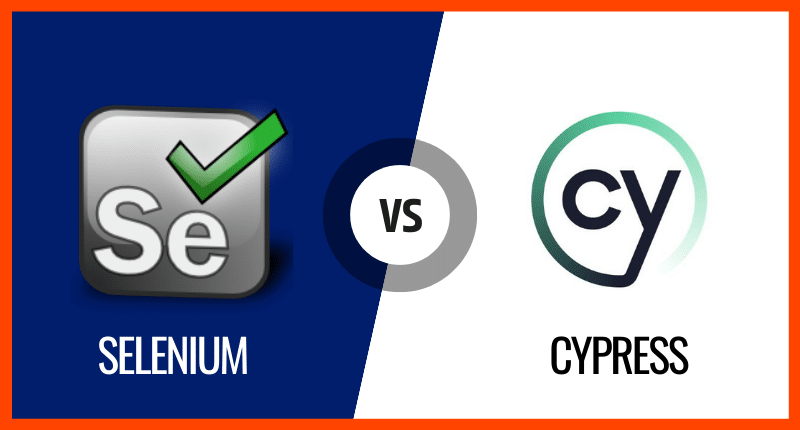Choosing the right web automation framework is a crucial battle in the QA arena. With titans like Selenium and Cypress facing off, the stakes are high for delivering efficient and comprehensive testing. But fear not, brave warriors, for this blog delves into the depths of *Selenium VS Cypress*, equipping you with the knowledge to slay any testing dragon.
In our epic clash, we’ll dissect:
The Foundations: What are Selenium and Cypress, and how do they weave their testing magic?
Strengths and Weaknesses: Unmasking the hidden powers and vulnerabilities of each champion.
Head-to-Head Combat: Let the tests commence! We’ll pit these frameworks against real-world scenarios.
The Final Verdict: Who reigns supreme? Or is it a glorious tie, leaving you free to choose your weapon?
Round 1: The Fundamentals : Selenium and Cypress
Selenium: A seasoned veteran, wielding the power of browser drivers and language flexibility (Java, Python, JavaScript, etc.). Its vast ecosystem offers diverse tools for every testing need.
Cypress: A nimble newcomer, armed with its built-in browser and JavaScript-only focus. It boasts speed, ease of use, and seamless integration with modern frameworks like React and Angular.
Round 2: Strengths and Weaknesses
Selenium:
Strengths: Versatility, robust community, extensive browser support, mobile testing capabilities.
Weaknesses: Complex setup, slower execution times, steeper learning curve.
Cypress:
Strengths: Simplicity, speed, built-in debugging tools, time travel debugging (replaying past test steps).
Weaknesses: Limited language support, browser compatibility limitations, fewer testing tools compared to Selenium.
Round 3: Head-to-Head Combat
Scenario 1: Basic Web App Testing:
Selenium: Handles complex forms and intricate interactions with ease.
Cypress: Shines with its speed and intuitive API for straightforward tests.
Scenario 2: Testing Single-Page Applications (SPAs):
Selenium: Requires additional libraries for SPA testing, adding complexity.
Cypress: Integrates seamlessly with SPAs like React and Angular, simplifying testing.
Round 4: The Final Verdict: Selenium and Cypress
There’s no clear-cut winner in this *Selenium VS Cypress* duel. The champion depends on your specific needs and preferences.
Choose Selenium if:
You need maximum browser and language flexibility.
You require advanced testing tools and robust community support.
You’re comfortable with a steeper learning curve.
Choose Cypress if:
You prioritize speed and ease of use.
You’re testing modern web apps built with React, Angular, etc.
You value built-in debugging tools and time travel capabilities.
Remember, both frameworks possess unique strengths and weaknesses. The ultimate victor is you, the QA hero, who wields the power of knowledge to choose the right weapon for your testing quests.
Also Read: SELENIUM WEBDRIVER AND C#: WEB APPLICATION TESTING MADE EASY
Bonus Round: Go Beyond Binary Choices
Explore hybrid approaches! Combine Selenium’s robust capabilities with Cypress’s speed for complex, yet efficient testing. Remember, Selenium VS Cypress isn’t a war, it’s an opportunity to unlock the full potential of your web testing arsenal.




